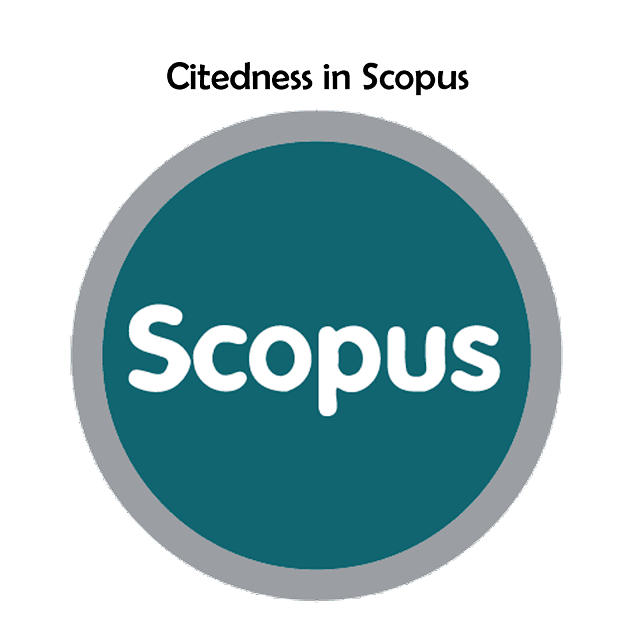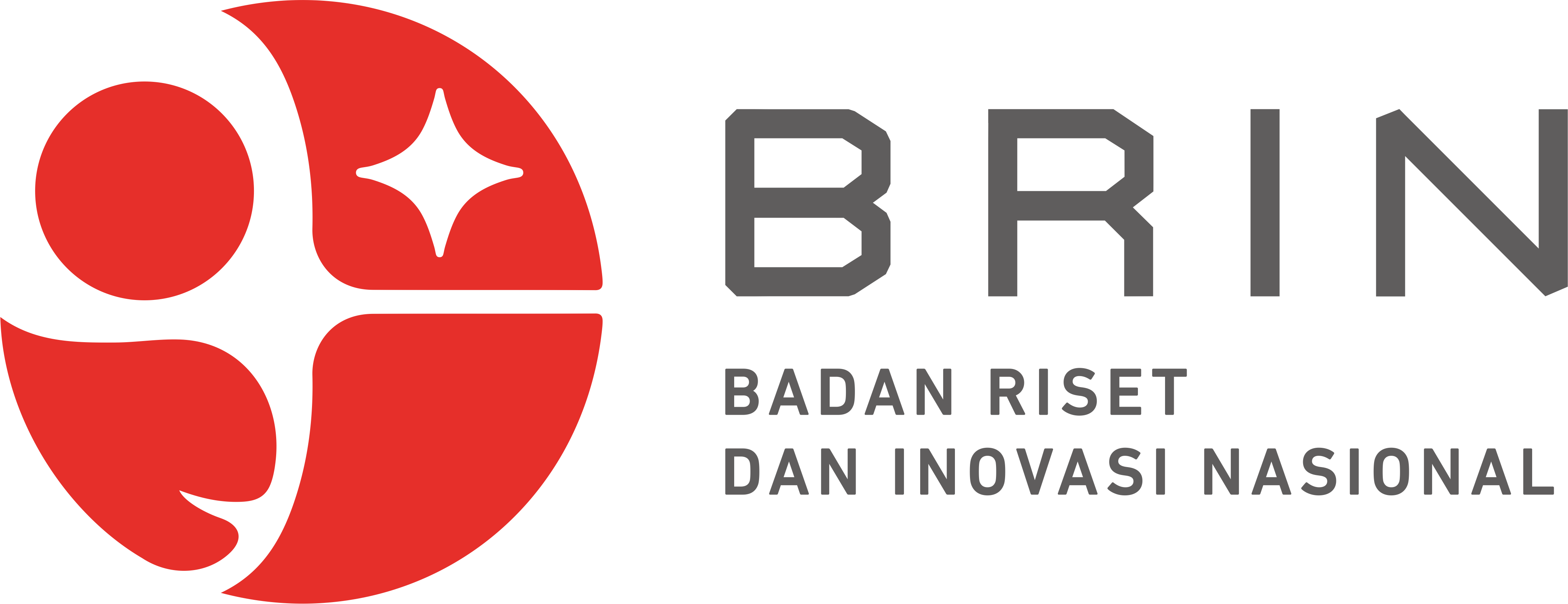Performance Comparison of Ensemble Learning Models for Brain Tumor Detection on Augmented MRI Datasets
Gilberth Valentino Titaley(1); Nurul Rismayanti(2); Anik Nur Handayani(3*); Jevri Tri Ardiansah(4);
(1) Universitas Negeri Malang
(2) Universitas Negeri Malang
(3) Universitas Negeri Malang
(4) Universitas Negeri Malang
(*) Corresponding Author
AbstractBrain tumors are highly fatal diseases, making early detection a critical factor in improving patient survival rates. Magnetic Resonance Imaging (MRI) has become a primary tool in brain tumor diagnosis; however, manual analysis processes are often time-consuming and prone to subjective errors. This study employs a machine learning-based classification model to detect four categories of brain tumors—glioma, meningioma, pituitary, and healthy—with high accuracy. The methods include image segmentation using the U-Net model, which excels in medical image analysis due to its encoder-decoder architecture with skip connections, allowing efficient integration of spatial and contextual information. Features are extracted using HuMoments, known for their invariance to rotation, translation, and scale, ensuring robust spatial pattern representation. Data normalization is conducted using Robust Scaling and L2 Normalization to address outliers and harmonize feature scales, enhancing model performance. The MRI dataset, originally comprising 7,023 images, was augmented to 8,000 images using techniques such as rotation, flipping, and contrast adjustments to improve class balance and minimize overfitting. Three ensemble algorithms—Random Forest, XGBoost, and Stacking—were employed to train the models, with performance evaluation based on accuracy, ROC-AUC, F1-score, and confusion matrix. The results demonstrate that Random Forest achieved the best performance with an accuracy of 72% and an ROC-AUC of 0.91. This study illustrates the potential of machine learning approaches for automated brain tumor diagnosis, with further improvement possible through model optimization and the use of more diverse datasets.
KeywordsBrain Tumor; Classification Model; Ensemble Algorithms; Machine Learning; Magnetic Resonance Imaging (MRI).
|
Full Text:PDF |
Article MetricsAbstract view: 299 timesPDF view: 112 times |
Digital Object Identifier https://doi.org/10.33096/ilkom.v17i2.2523.86-97 https://doi.org/10.33096/ilkom.v17i2.2523.86-97
|
Cite |
References
M. Martucci et al., “Magnetic Resonance Imaging of Primary Adult Brain Tumors: State of the Art and Future Perspectives,” Biomedicines, vol. 11, no. 2, p. 364, Jan. 2023, doi: 10.3390/biomedicines11020364.
R. Ranjbarzadeh, A. Caputo, E. B. Tirkolaee, S. Jafarzadeh Ghoushchi, and M. Bendechache, “Brain tumor segmentation of MRI images: A comprehensive review on the application of artificial intelligence tools,” Comput. Biol. Med., vol. 152, p. 106405, Jan. 2023, doi: 10.1016/j.compbiomed.2022.106405.
R. Vallée, “Machine learning decision tree models for multiclass classification of common malignant brain tumors using perfusion and spectroscopy MRI data,” Front. Oncol., vol. 13, 2023, doi: 10.3389/fonc.2023.1089998.
A. A. Asiri, “Machine Learning-Based Models for Magnetic Resonance Imaging (MRI)-Based Brain Tumor Classification,” Intell. Autom. Soft Comput., vol. 36, no. 1, pp. 299–312, 2023, doi: 10.32604/iasc.2023.032426.
K. Prabhakar, “Implementation of Machine Learning Algorithms for Brain Tumor Classification using MRI and Numerical Dataset,” 2022 IEEE 3rd Global Conference for Advancement in Technology, GCAT 2022. 2022, doi: 10.1109/GCAT55367.2022.9971904.
C. J. Tseng, “An optimized XGBoost technique for accurate brain tumor detection using feature selection and image segmentation,” Healthc. Anal., vol. 4, 2023, doi: 10.1016/j.health.2023.100217.
O. A. M. F. Alnaggar, “MRI Brain Tumor Detection Using Boosted Crossbred Random Forests and Chimp Optimization Algorithm Based Convolutional Neural Networks,” Int. J. Intell. Eng. Syst., vol. 15, no. 2, pp. 36–46, 2022, doi: 10.22266/ijies2022.0430.04.
M. Sandeep, “Brain Tumor Detection Using Random Forest Algorithm in Comparison With K-nearest Neighbors Algorithm to Measure the Accuracy, Precision and Recall,” AIP Conference Proceedings, vol. 2821, no. 1. 2023, doi: 10.1063/5.0158397.
G. Pallavi, “Brain tumor detection with high accuracy using random forest and comparing with thresholding method,” AIP Conference Proceedings, vol. 2853, no. 1. 2024, doi: 10.1063/5.0198189.
A. Ilhan, “Brain tumor segmentation in MRI images using nonparametric localization and enhancement methods with U-net,” Int. J. Comput. Assist. Radiol. Surg., vol. 17, no. 3, pp. 589–600, 2022, doi: 10.1007/s11548-022-02566-7.
N. Siddique, S. Paheding, C. P. Elkin, and V. Devabhaktuni, “U-Net and Its Variants for Medical Image Segmentation: A Review of Theory and Applications,” IEEE Access, vol. 9, pp. 82031–82057, 2021, doi: 10.1109/ACCESS.2021.3086020.
Y. Jusman, “Machine Learnings of Dental Caries Images based on Hu Moment Invariants Features,” Proc. - 2021 Int. Semin. Appl. Technol. Inf. Commun. IT Oppor. Creat. Digit. Innov. Commun. within Glob. Pandemic, iSemantic 2021, pp. 296–299, 2021, doi: 10.1109/iSemantic52711.2021.9573208.
D. V Kondusov, “Comparison of 3D Models Using Hu Moment Invariants,” Russ. Eng. Res., vol. 40, no. 7, pp. 570–574, 2020, doi: 10.3103/S1068798X20070199.
C. Lin, “Harmonic Beltrami Signature: A Novel 2D Shape Representation for Object Classification,” SIAM J. Imaging Sci., vol. 15, no. 4, pp. 1851–1893, 2022, doi: 10.1137/22M1470852.
D. Divyamary, S. Gopika, S. Pradeeba, and M. Bhuvaneswari, “Brain Tumor Detection from MRI Images using Naive Classifier,” in 2020 6th International Conference on Advanced Computing and Communication Systems (ICACCS), Mar. 2020, pp. 620–622, doi: 10.1109/ICACCS48705.2020.9074213.
Preetika, “MRI Image based Brain Tumour Segmentation using Machine Learning Classifiers,” 2021 International Conference on Computer Communication and Informatics, ICCCI 2021. 2021, doi: 10.1109/ICCCI50826.2021.9402508.
Y. Boer, “Classification of Heart Disease: Comparative Analysis using KNN, Random Forest, Gaussian Naive Bayes, XGBoost, SVM, Decision Tree, and Logistic Regression,” 2023 5th International Conference on Cybernetics and Intelligent Systems, ICORIS 2023. 2023, doi: 10.1109/ICORIS60118.2023.10352195.
O. Ronneberger, P. Fischer, and T. Brox, “U-Net: Convolutional Networks for Biomedical Image Segmentation,” Med. Image Comput. Comput. Interv. – MICCAI 2015 (MICCAI 2015), vol. 9351, no. Cvd, pp. 12–20, 2015, doi: 10.1007/978-3-319-24574-4.
O. Ozturk, B. Sarıtürk, and D. Z. Seker, “Comparison of Fully Convolutional Networks (FCN) and U-Net for Road Segmentation from High Resolution Imageries,” Int. J. Environ. Geoinformatics, vol. 7, no. 3, pp. 272–279, Dec. 2020, doi: 10.30897/ijegeo.737993.
R. Azad et al., “Medical Image Segmentation Review: The Success of U-Net,” IEEE Trans. Pattern Anal. Mach. Intell., vol. 46, no. 12, pp. 10076–10095, Dec. 2024, doi: 10.1109/TPAMI.2024.3435571.
J.-S. Long, G.-Z. Ma, E.-M. Song, and R.-C. Jin, “Learning U-Net Based Multi-Scale Features in Encoding-Decoding for MR Image Brain Tissue Segmentation,” Sensors, vol. 21, no. 9, p. 3232, May 2021, doi: 10.3390/s21093232.
D. R. Nayak, “Brain Tumor Classification Using Dense Efficient-Net,” Axioms, vol. 11, no. 1, 2022, doi: 10.3390/axioms11010034.
A. B. Abdusalomov, “Brain Tumor Detection Based on Deep Learning Approaches and Magnetic Resonance Imaging,” Cancers (Basel)., vol. 15, no. 16, 2023, doi: 10.3390/cancers15164172.
I. N. A. Nastase, “Image Moment-Based Features for Mass Detection in Breast US Images via Machine Learning and Neural Network Classification Models,” Inventions, vol. 7, no. 2, 2022, doi: 10.3390/inventions7020042.
N. Elazab, “Brain Cancer Diagnosis Based on Histopathological Images Using Handcrafted Features,” 18th International Computer Engineering Conference, ICENCO 2022. pp. 108–113, 2022, doi: 10.1109/ICENCO55801.2022.10032507.
A. Abisha, “Feature Extraction from Plant Leaves and Classification of Plant Health Using Machine Learning,” Lecture Notes in Electrical Engineering, vol. 858. pp. 867–876, 2022, doi: 10.1007/978-981-19-0840-8_67.
P. Nagaraj, “Ensemble Machine Learning (Grid Search & Random Forest) based Enhanced Medical Expert Recommendation System for Diabetes Mellitus Prediction,” 3rd International Conference on Electronics and Sustainable Communication Systems, ICESC 2022 - Proceedings. pp. 757–765, 2022, doi: 10.1109/ICESC54411.2022.9885312.
M. Salem, “Random Forest modelling and evaluation of the performance of a full-scale subsurface constructed wetland plant in Egypt,” Ain Shams Eng. J., vol. 13, no. 6, 2022, doi: 10.1016/j.asej.2022.101778.
X. Yu, “Random forest algorithm-based classification model of pesticide aquatic toxicity to fishes,” Aquat. Toxicol., vol. 251, 2022, doi: 10.1016/j.aquatox.2022.106265.
H. Azis, L. Syafie, F. Fattah, and ..., “Unveiling Algorithm Classification Excellence: Exploring Calendula and Coreopsis Flower Datasets with Varied Segmentation Techniques,” 2024 18th Int. …, 2024, [Online]. Available: https://ieeexplore.ieee.org/abstract/document/10418246/.
N. Rismayanti and A. P. Utami, “Improving Multi-Class Classification on 5-Celebrity-Faces Dataset using Ensemble Classification Methods,” Indones. J. Data …, 2023, [Online]. Available: https://www.jurnal.yoctobrain.org/index.php/ijodas/article/view/78.
T. Chen and C. Guestrin, “XGBoost: A Scalable Tree Boosting System,” in Proceedings of the 22nd ACM SIGKDD International Conference on Knowledge Discovery and Data Mining, Aug. 2016, pp. 785–794, doi: 10.1145/2939672.2939785.
Refbacks
- There are currently no refbacks.
Copyright (c) 2025 Nurul Rismayanti, Gilberth Valentino Titaley, Anik Nur Handayani, Jevri Tri Ardiansah

This work is licensed under a Creative Commons Attribution-ShareAlike 4.0 International License.







